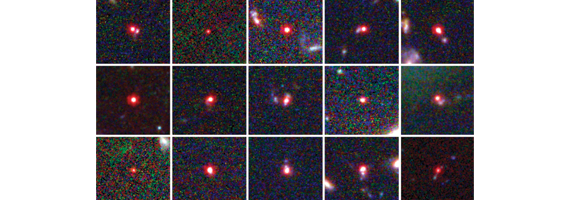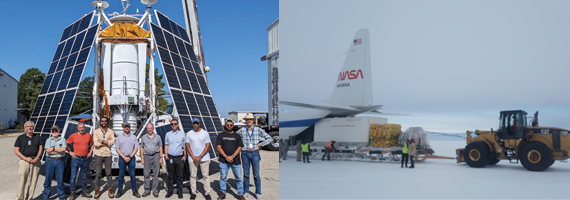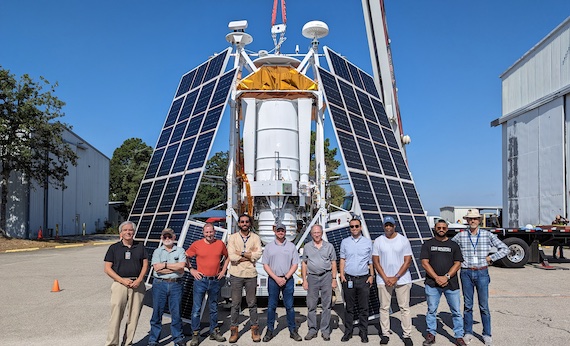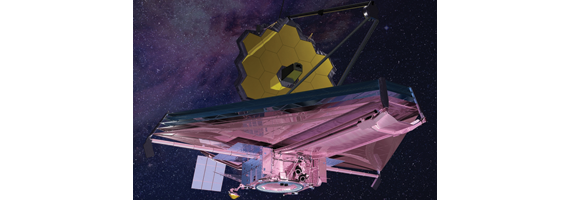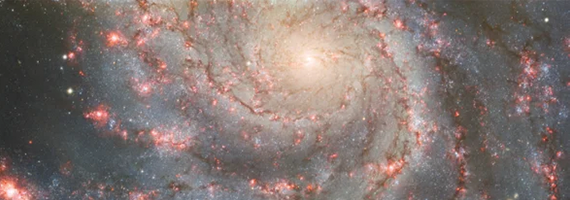
A new paper out in Nature highlights a discovery made with the NIRCam instrument on NASA’s James Webb Space Telescope (JWST): the telltale fingerprint of methane on a planet 950 trillion miles away. JWST observed the exoplanet WASP-80 b as it passed in front of and behind its host star, revealing spectra indicative of an atmosphere containing methane gas and water vapor. While water vapor has been detected in over a dozen planets to date, until recently methane – a molecule found in abundance in the atmospheres of Jupiter, Saturn, Uranus, and Neptune within our solar system – has remained elusive in the atmospheres of transiting exoplanets when studied with space-based spectroscopy.
Methane, a molecule that is composed of a carbon atom surrounded by four hydrogen atoms, is an important molecule in atmospheres in the Solar System worlds and extrasolar planets. This discovery opens doors for understanding the chemical processes behind the birth the evolution of planets, and allows us to compare what we know about planets in our own solar system with exoplanets in other parts of the universe.
This new study was made possible with the NIRCam instrument on JWST and its team of engineers, technicians and scientists who developed the camera, who were led by Marcia Rieke at the University of Arizona—making NIRCam one of the finest examples of female-led space science. NIRCam senses near infrared wavelengths longer than the human eye can see. The instrument has the extreme sensitivity in the near infrared necessary to search for the distinctive fingerprint of methane in planet atmospheres, even those that are more than 950 trillion miles away like WASP-80 b.
UArizona Assistant Research Professor Everett Schlawin, in collaboration with the MANATEE team, modeled the atmosphere of the planet before JWST was launched to predict that methane would be detectable with NIRCam. Sure enough, the planet showed strong absorptions of light by methane in the atmosphere of the planet. Schlawin also performed one of two independent analyses to tease out the small planet signature from the vastly brighter host star to study the terminator of the planet (between its day and night) as well as the dayside (facing the star). The two independent analyses showed, to high confidence, that methane is present in this atmosphere, even though disequilibrium processes can destroy the molecule. This new detection opens the pathway to study planets below 1340 F/730 C, figuring out what they are made of and what kind of chemistry is governing their gaseous atmospheres.







